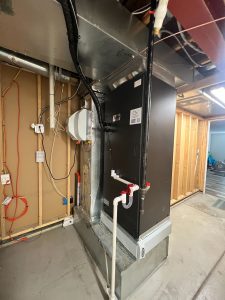Incentives Better than Ever for Your Climate-Friendly Home
Over the past few weeks, we’ve been digging into all the pieces that go into making your place as climate-friendly as possible: from the appliances and systems you install, to the type(s) of energy you use, to the importance of maximizing efficiency and taking care of your stuff so it lasts.
We’re going to go out on a limb and guess that, at some point in your reading, the question of cost has crossed (or perhaps even consumed) your mind. And whether you’re in the camp of “hmm, seems expensive. I’m not sure how I’d swing it,” or “pssh, in my DREAMS. Someone’s gotta pay for this, and I can’t do it,” hang tight. We’ve got you covered. Let’s dig into all the incentives available to help make these solutions more affordable and accessible than ever.
Federal Incentives
Inflation Reduction Act (IRA)
Passed in August 2022, the Inflation Reduction Act was the most significant investment in greenhouse gas reductions ever in the US. It offers both tax credits and rebates to homeowners looking to make their spaces more energy-efficient and climate-friendly. Here are just a few of the ways you can save now:
- Rooftop solar and battery storage tax credits (30% of total project cost, up to $2000 max credit)
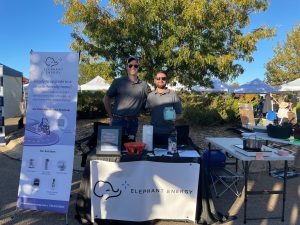
- Heat pump tax credit (up to $8000, depending on income)
- Heat pump water heater tax credit (up to $2000)
- Weatherization/energy efficiency tax credit (up to $1,200)
If you’re looking for a handy tool to see how much your home, specifically, could save through IRA incentives, check out Rewiring America’s great IRA calculator.
Additionally, states can apply for funding for direct-pay rebates (HEEHRA rebates) that will provide an upfront, point-of-sale reduction to your project. We’re still waiting for more details on the timing of these rebates—stay tuned by signing up for our newsletter (find the form in the footer of our homepage).
Psst—Learn more about making the most of IRA incentives right here.
State and Local Incentives
Sorry to go all 1 AM infomercial on ya, but that’s not all, folks! Read on, if you’re in CO or MA:
Turns out there are plenty of local and state-specific incentives in addition to the aforementioned federal ones. For instance, Coloradoans can take advantage of a state tax credit and sales tax exemption on heat pumps, heat pump water heaters, and certain energy storage systems. And Massachusetts residents can save significantly on climate-friendly home upgrades through the Mass Save® rebates program. There’s a ton of variation between different states, counties, and even local utility companies—and, in our final edition of this series, we’ll be sharing a whole host of resources to help you find and take advantage of those programs.
__
Forgotten where to start? Learn more about the electrification upgrades that will make the most impact in your specific home with our free tool, Your Electrification Roadmap®. Answer a few quick questions, and we’ll give you a plan designed to meet your distinct needs.
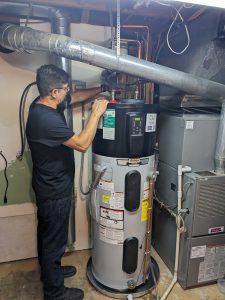 To understand why “making it last” is so critical for efficiency, we first need to do a teeny science lesson on something called
To understand why “making it last” is so critical for efficiency, we first need to do a teeny science lesson on something called 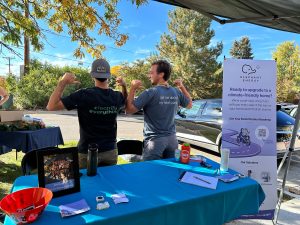 pinpoint precisely where there are inefficiencies (i.e., cracks, crevices, and leaks where air is escaping) throughout your home. This includes inspecting heating and cooling systems, insulation, window integrity, sealing, and more.
pinpoint precisely where there are inefficiencies (i.e., cracks, crevices, and leaks where air is escaping) throughout your home. This includes inspecting heating and cooling systems, insulation, window integrity, sealing, and more. 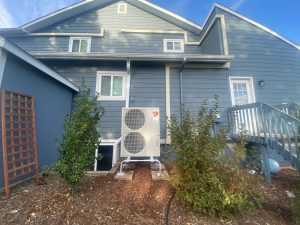 In our last post, we explored the different upgrades you can make to stop burning stuff in your home. TL;DR: There are tons of
In our last post, we explored the different upgrades you can make to stop burning stuff in your home. TL;DR: There are tons of 